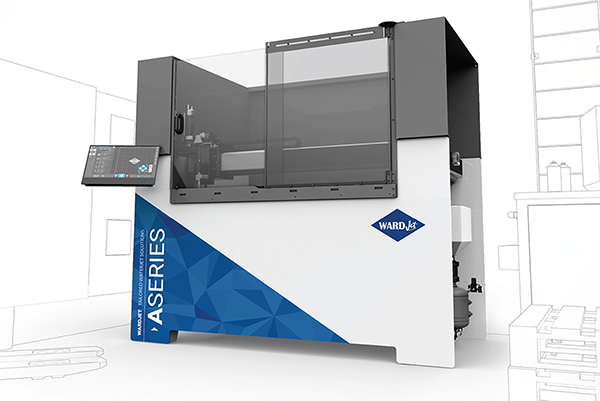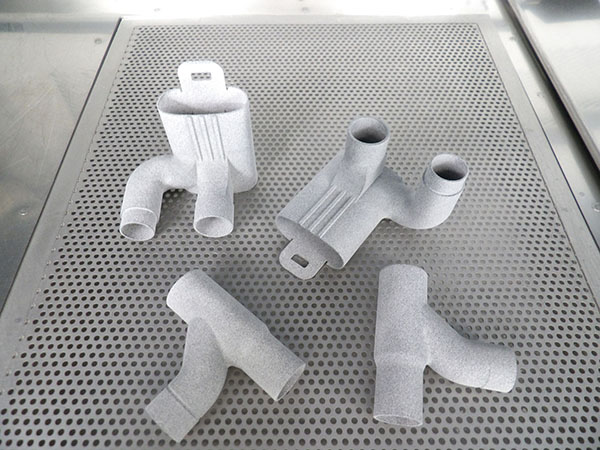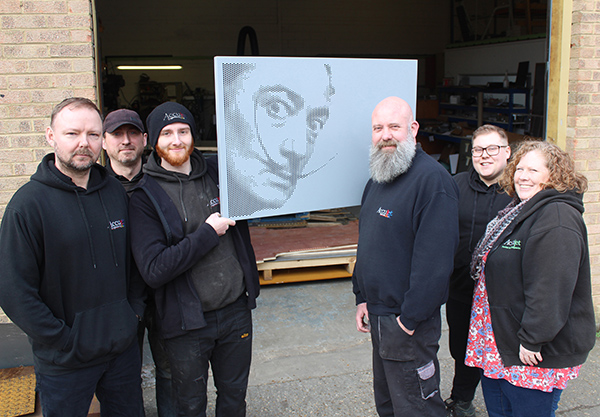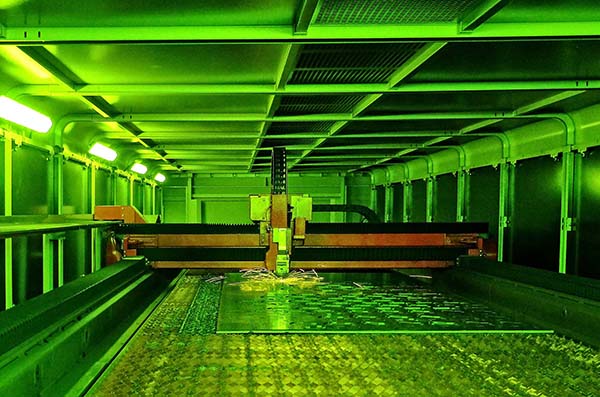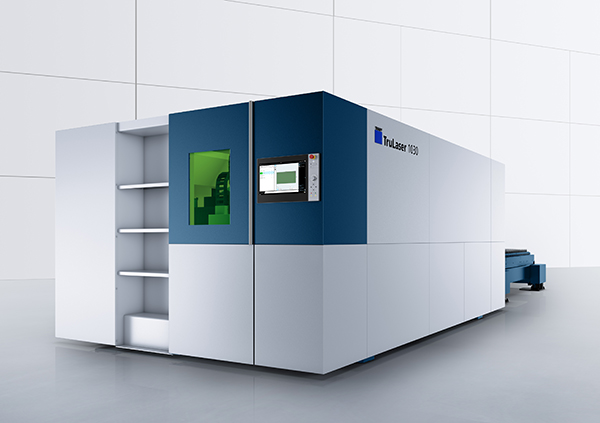Following the acquisition of US-based waterjet cutting solutions specialist, WardJet, AXYZ is now stocking and distributing a range of waterjet machines in the UK and throughout mainland Europe and Asia.

Among the offer is the latest small-format WardJet waterjet cutting machine. Part of the A series of machines, the A-0612 shares the same industrial design features and performance capabilities of the larger-format models, but in a more compact size.
The A-0612 has been developed to accommodate the requirements of engineering shops where floor space and the need for more cost-effective production equipment are major considerations. A key benefit of the machine is that, although similarly configured waterjet machines invariably operate at pressures ranging from 2068 to 3103 bar, the A-0612 will operate at 4137 bar. This enables machine owners to match the performance capabilities of much larger waterjet machines, but at a commensurately lower cost.
In common with all of the larger-format machines, the A-0162 is based on a heavy-duty tank construction embodying formed 6.35 mm thick steel for the side and floor, and a 125 mm box channel for added strength, supported by a 12.7 by 150 mm steel reinforcement bar. The A-0612 also incorporates multiple cutting-tool heads, an industrial-grade rack and pinion drive system, and an optional water level control system and cutting table enclosure. These attributes combine to reduce splashback (and thus conserve water) and subdue machine noise.
The machine is supported with proprietary MOVE motion control software and a comprehensive performance warranty.
For further information www.axyz.co.uk






